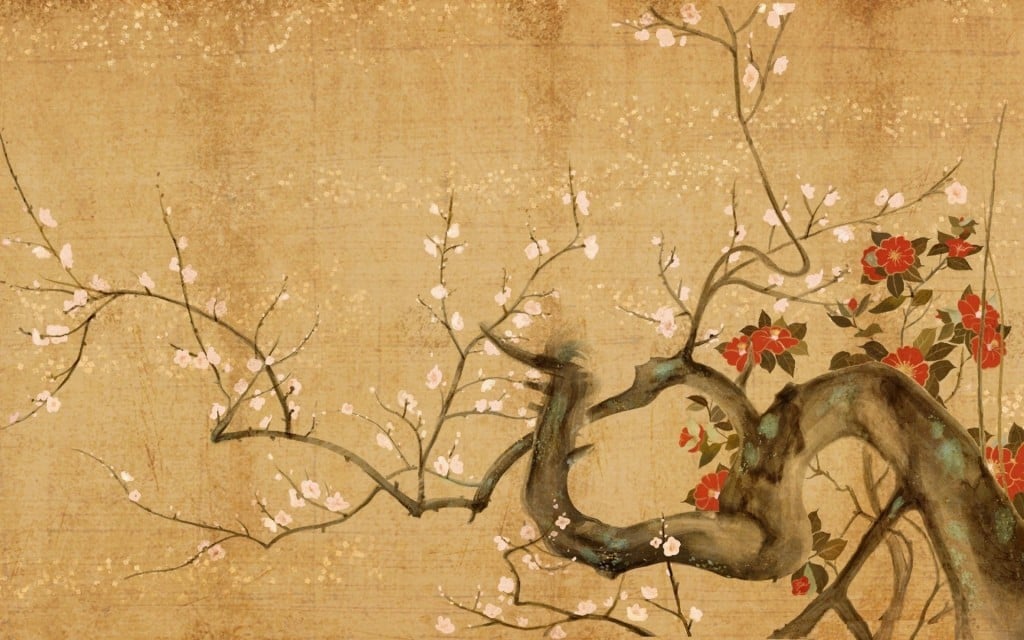The Timeless Elegance of Japanese Art
 Posted On
Posted On
With a history that spans millennia, Japanese art stands as a testament to exquisite craftsmanship, refined aesthetics, and deep cultural significance. Rooted in traditions and influenced by various periods of history, it encompasses a diverse range of artistic forms, each capturing the essence of Japan’s rich cultural heritage.
One of the most iconic Japanese art forms is Ukiyo-e, the traditional woodblock printing technique that flourished during the Edo period (1603-1868). Ukiyo-e, which translates to “pictures of the floating world,” depicted scenes from everyday life, landscapes, kabuki actors, and beautiful women. Artists like Hokusai and Hiroshige are celebrated for their masterpieces, such as Hokusai’s “The Great Wave off Kanagawa,” a globally recognized work symbolizing the awe-inspiring power of nature.
Another captivating aspect of Japanese art is the serene beauty of Zen calligraphy and ink painting, known as Sumi-e. Embracing simplicity and capturing the essence of its subjects with minimal strokes, Sumi-e reflects the Zen philosophy of finding beauty in simplicity and impermanence. The delicate balance between empty space and inked lines in these paintings evokes a sense of tranquillity and contemplation.
The art of Ikebana, or Japanese flower arranging, is a testament to the harmony between humans and nature. Beyond arranging flowers, Ikebana is a spiritual practice that emphasizes balance, harmony, and minimalism. Every stem and leaf is carefully placed to create a composition that embodies the fleeting beauty of nature.
Traditional Japanese pottery, such as the famed Arita ware and Hagi ware, embodies a perfect blend of functionality and artistic expression. The emphasis on simplicity and asymmetry, often accompanied by subtle imperfections known as “wabi-sabi,” elevates these ceramics to a level of understated elegance that resonates with admirers worldwide.
Japanese gardens, meticulously designed landscapes that reflect natural beauty and tranquillity, are considered living works of art. These gardens, whether sprawling or intimate, are crafted to evoke a sense of harmony with nature, incorporating elements like carefully placed rocks, raked gravel, serene ponds, and meticulously pruned trees.
The influence of Japanese art extends beyond traditional forms into contemporary expressions, where artists fuse traditional techniques with modern concepts. From avant-garde installations to innovative manga and anime, Japan continues to push the boundaries of artistic innovation while staying rooted in its cultural heritage.
Japanese art, with its diversity and time-honoured traditions, continues to captivate and inspire enthusiasts around the globe. Its ability to seamlessly blend beauty, spirituality, and cultural significance transcends time, making it an enduring symbol of artistic excellence.
In essence, Japanese art serves as a window into the soul of a nation—a testament to its history, values, and unwavering commitment to artistic expression that speaks to the heart and resonates across generations.



